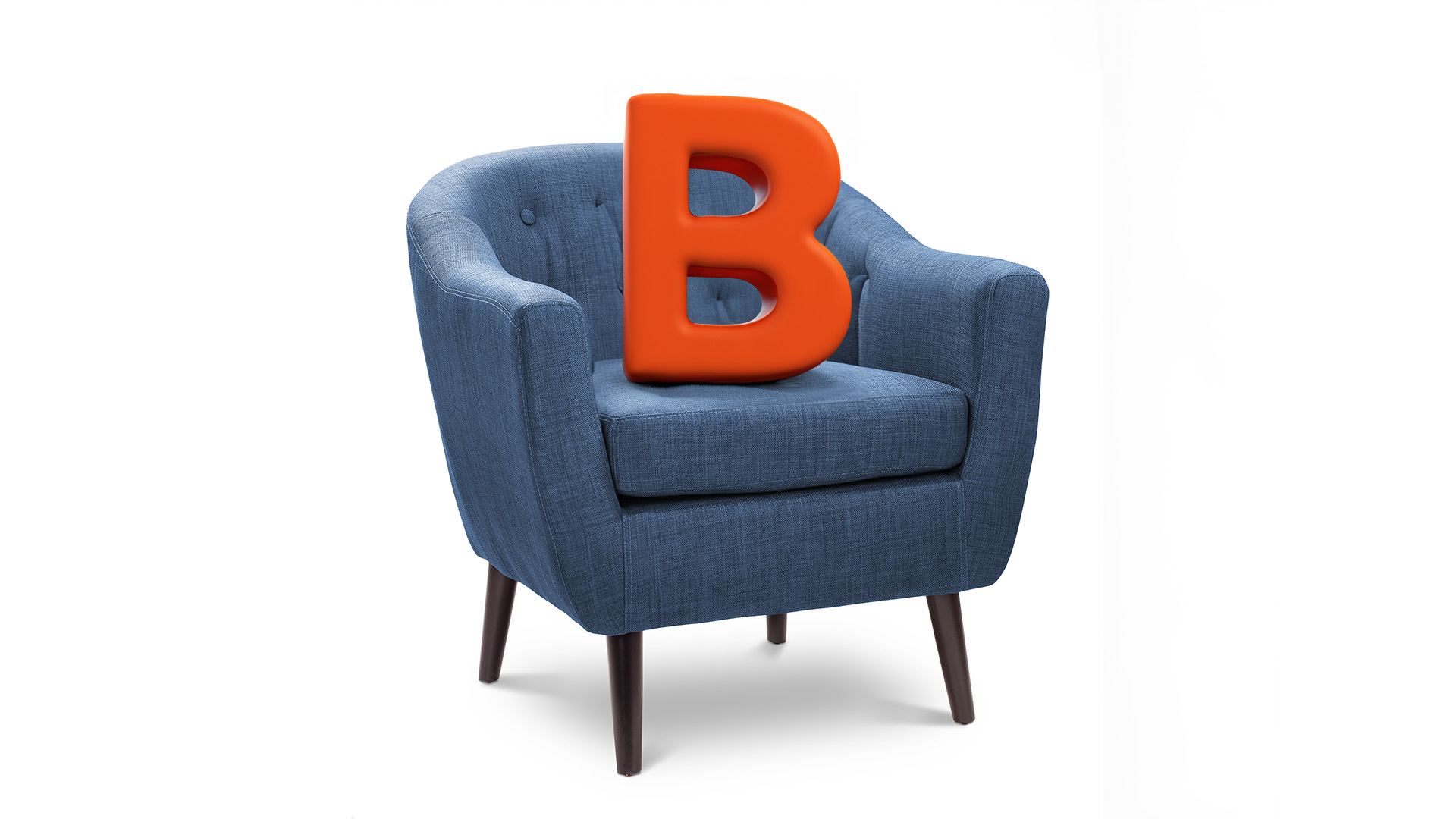Gaming and wagering giant, Tabcorp Holdings has tried to hose down speculation it could be a takeover target.
The company released a statement to the market on Thursday in response to media speculation and a rise in its share price on Tuesday which saw the shares hit $18 amid rumours of a possible play from either PBL, Macquarie Bank or both.
Tabcorp said it “has not been approached or been involved in any discussions concerning a possible takeover of the company”.
Investors ignored that and marked the shares up 35c to $18.35
Market speculation added Tattersall’s to the PBL-Macquarie Bank group in a kid of buy and break and strip bid.
Macquarie has already shown a taste for the gambling business (as an investment) with forays into Britain, buying gaming company Talarius in a joint venture with Tattersall’s in January and then buying into Canadian casinos with PBL two weeks ago.
Analysts have suggested a possible break up of Tabcorp with the gaming (TABs and poker machines) going to Tattersall’s and the venues to PBL.
PBL is barred from owning either the Victorian betting or slot machine licenses because it owns the state’s only casino, Crown, which is more important to it than Tabcorp. It could though own the Sydney Star Casino and sell the other assets, but would the ACCC allow a near monopoly, or a full one if the Queensland casinos of TAH we bought as well?
Tabcorp is trying to get its key Victorian wagering licence renewed as quickly as it can while Tattersall’s also has to get its Victorian lottery licence renewed. Tabcorp also has to get its Star City casino licence renewed by the NSW Government.
Failure on the parts of both companies would cripple any bid or damage any successful takeover. Anyone bidding would want certainty on the TAH wagering licence while Tattersall’s finances will be stretched by having to pay half a billion dollars for the Queensland Golden Casket lottery business and then a few to the Victorian Government to retain its lotteries business.
PBL and Macquarie would be wary until the TAH licence situation was clarified.
…………………………………………
Meanwhile a lot of publicity about the proposed changes to the size of the Fairfax Media titles, The Sydney Morning Herald and the Melbourne Age, which will be reduced in size from their current broadsheet size next year as part of a significant restructure by Fairfax.
The news left the market yawning with the shares falling 6c to $5.13.
But the changes, included in a statement for FXJ CEO, David Kirk, are worth looking at and absorbing because they represent a sort of declaration of how this mostly newspaper company is going to compete with modern media.
It is the clearest and most coherent statement of intent from the company ever, far more believable than anything from former CEO, Fred Hilmer.
Journalists, advertising people and executives are going to have to change their thinking and look at news, business and other issues across all media, print, online and mobile video.
Fairfax has the best performing news media website in the country with well over $100 million in revenues a year and annual earnings expected to top $35 million in the year to June 30.
But Mr Kirk wants the papers, online sites and video operations to be more tightly linked, with online and print journalists operating from the same news desks in the new HQ in Sydney’s Pyrmont district from later this year.
The changes to the papers are only a small part of the strategy. There is publicity because they include another round of redundancies at the Herald and its Sydney stablemate, The Sun-Herald. These will be the third in less than three years. But the job losses will be among production staff with 35 positions being axed and not journalists.
Under the change, the current A3 height of the Herald and The Age, will remain the same – as will the price – but the width of the pages will be trimmed.
It could cost revenues and rival News Ltd was having a good time at Fairfax’s expense. But they will be moving down the same track of tighter integration within a year.
“Broadsheets have been our currency for 175 years, and we are sticking with them. Readers turn to our broadsheets for quality, integrity, authority, incisiveness and the very best journalism in Australia,” Mr Kirk said in a statement yesterday.
“But size does matter, and it is time to give our readers what they keep telling us they want: a slightly narrower broadsheet so that they can spend more time with our newspapers.”
Fairfax said it will cut up to 35 production staff from the Herald and Sun-Herald as part of a reintegration of production staff across the two papers.
“This will greatly streamline production and achieve greater quality and efficiency,” Mr Kirk said.
Fairfax’s move follows the Brisbane Courier-Mail’s switch from broadsheet to tabloid last year, and will leave The Australian and The Canberra Times as the only major metropolitan newspapers with a traditional, full size broadsheet format.
Normally media stories about small changes like this are interesting but not really important. But if you read Mr Kirk’s statement you will find he wants a root and branch revamp of Fairfax’s way of operating.
The core of the changes are contained in this part of the statement (below in full).
………………
“What this says to us is that the way forward is to aggressively position Fairfax Media for a future defined by our becoming a fully integrated digital media publishing business.
“That means our newspapers have to be stronger, our internet businesses have to be stronger, and that what we produce for publication is fully shared across platforms in an integrated fashion.
“This means that our working processes – editorial, advertising, and production – need to change and become













